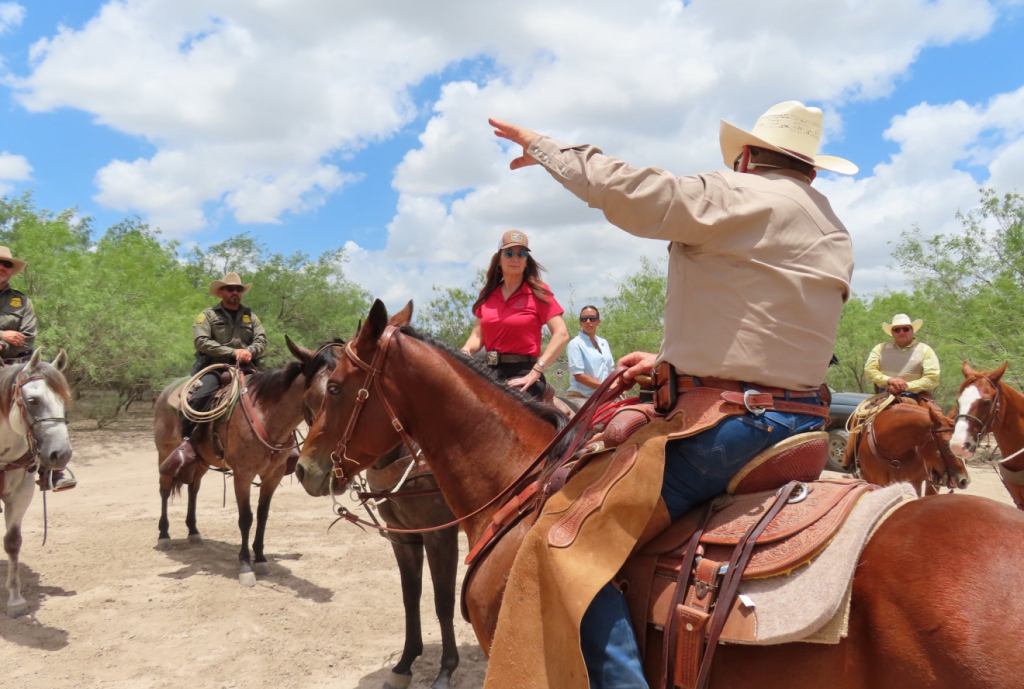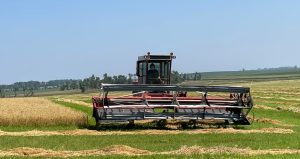
A billion dollar battle at the southern border
WASHINGTON, D.C. – The USDA is launching a plan to combat the New World screwworm, including refurbishing a sterile fly facility in Texas and strengthening surveillance and control efforts in Mexico.
The plan involves a five-pronged approach focused on stopping the pest’s spread, protecting the U.S. border, enhancing readiness, taking the fight to the screwworm, and innovating eradication methods.
Texas Farm Bureau commended USDA’s action, calling the facility a crucial investment in livestock health and food security.
“Texas Farm Bureau made the establishment of a domestic sterile insect facility one of our highest priorities,” TFB President Russell Boening said. “This investment is a critical step in protecting Texas livestock, wildlife and our food supply from the devastating threat of the New World screwworm.”
The Moore Air Base in Texas was formerly used as a sterile fly facility in the 1960s and 1970s, according to USDA. The plant produced up to 200 million flies per week during those operations.
The retrofitted facility in Texas will help expand the production and delivery of sterile male flies—an approach known as sterile insect technique. It works by overwhelming wild populations with sterile males, gradually collapsing the pest’s ability to reproduce. The method was instrumental in the original U.S. eradication of NWS and has remained a core component of USDA’s international containment strategy.
Currently, the U.S. relies on a facility in Panama, operated jointly with the Panamanian government, to produce about 100 million sterile flies each week. USDA estimates future eradication efforts may require 400 to 500 million flies weekly, underscoring the need for increased domestic capacity.
The Texas facility is expected to begin operations within the next year, with expanded production capacity to follow.
“The only way to protect the American cattle herd from the devastating threat of New World screwworm is by having a sufficient supply of sterile flies to push this pest away from our border,” said NCBA President Buck Wehrbein, a Nebraska cattleman. “To accomplish that, we need a sterile fly production facility of our own in the United States. Moore Air Base was previously part of our nation’s screwworm eradication effort in the 1960s and now this base will be the cornerstone of our renewed fight against this parasite. NCBA, and state affiliate partners including the Texas and Southwestern Cattle Raisers Association and Texas Cattle Feeders Association have been pushing for a facility like this since the start of the year.”
Key elements of the plan include:
- Building a sterile fly facility:The USDA will establish a new facility at Moore Air Base in southern Texas to produce sterile screwworm flies, which are used in the Sterile Insect Technique to control the pest.
- Strengthening border protection:The plan includes increased surveillance and control efforts in Mexico, including trapping along the shared border, and ensuring regular reporting as an early warning system.
- Enhancing readiness:The USDA will partner with state animal health officials to update emergency management plans and provide training for responders.
- Innovating eradication methods:The USDA will continue to research and develop new technologies for screwworm detection and treatment.
- Stopping the spread in Mexico:The USDA is also investing in the conversion of a fruit fly facility in Mexico to produce sterile screwworm flies.
The New World screwworm is a devastating pest that can cause serious and often fatal damage to livestock and other animals. The USDA’s plan aims to protect the U.S. livestock herd and prevent the northward spread of this pest





